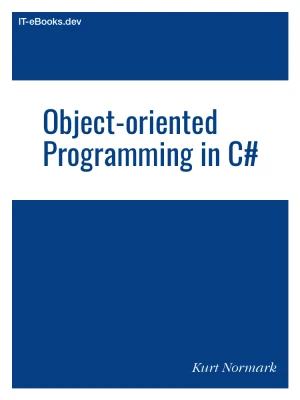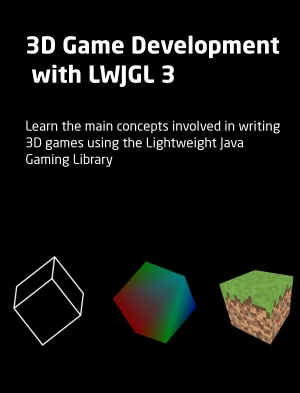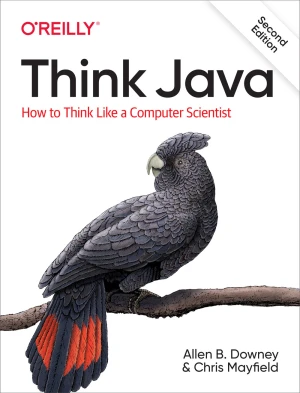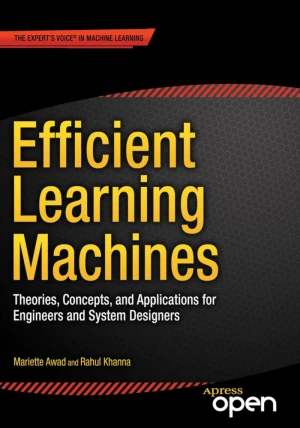Java 3D Programming
A Guide to Key Concepts and Effective Techniques
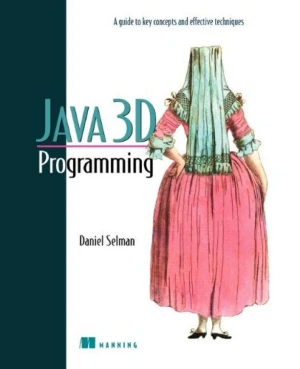
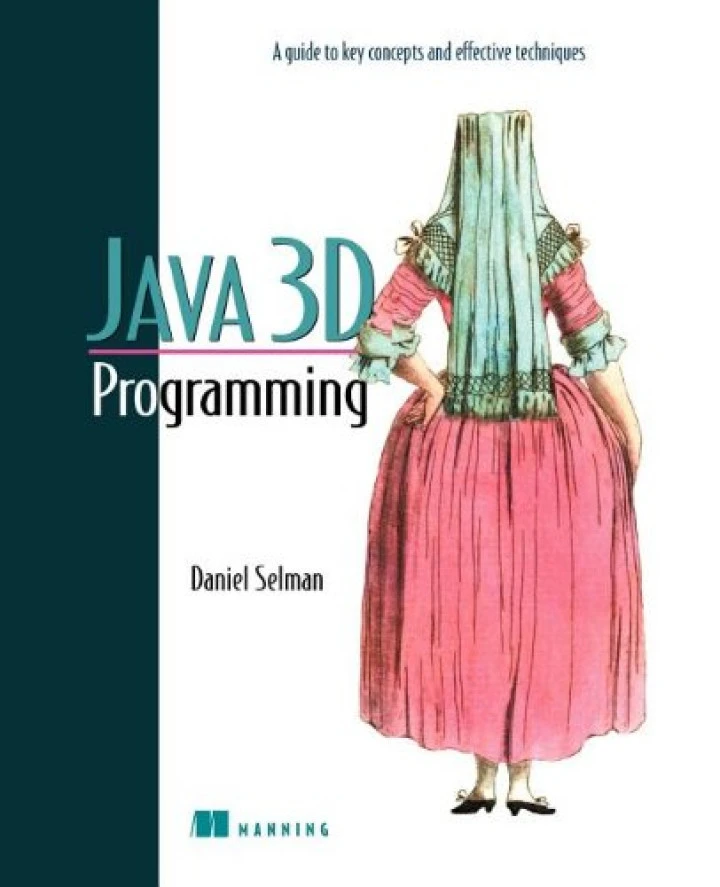
Book Details
| Author | Daniel Selman |
| Publisher | Manning |
| Published | 2002 |
| Edition | 1st |
| Paperback | 352 pages |
| Language | English |
| ISBN-13 | 9781930110359 |
| ISBN-10 | 1930110359 |
| License | GNU General Public License |
Book Description
Java 3D Programming steps programmers through the important design and implementation phases of developing a successful Java 3D application. The book provides invaluable guidance on whether to use Java 3D, user interface design, geometry creation, scene manipulation and final optimizations. The book does not attempt to exhaustively cover the API or replicate the official documentation but rather serves as a roadmap to alert programmers of design issues and potential pitfalls.
The author distills 12 months of using the Java 3D API for commercial projects, as well as innumerable discussions on the Java 3D email list into a book that all Java 3D developers will appreciate. Experienced Java 3D developers will applaud an authoritative resource containing the state-of-the-art in techniques and workarounds, while novice Java 3D programmers will gain a fast-track into Java 3D development, avoiding the confusion, frustration and time wasted learning Java 3D techniques and terminology.
Java 3D Programming comes complete with a comprehensive set of programming examples to illustrate the techniques, features, workarounds and bug fixes contained in the main text.
This book is available under the GNU General Public License (GPL), which means that you are free to use, share, and modify it, including for commercial purposes, as long as you keep it open-source, disclose the source code of any derivatives, and distribute your changes under the same license.
If you enjoyed the book and would like to support the author, you can purchase a printed copy (hardcover or paperback) from official retailers.
Download and Read Links
Share this Book
[localhost]# find . -name "*Similar_Books*"
Object-oriented Programming in C#
Object-oriented Programming in C# is a practical guide to OOP concepts using C#, designed for programmers with experience in imperative languages like C or Java. Originally created in 2006, it takes an "object-later" approach, first reinforcing foundational programming skills before introducing object-oriented principles. The material combines anno
3D Game Development with LWJGL 3
This open access book will introduce the main concepts required to write a 3D game using the LWJGL 3 library. LWJGL is a Java library that provides access to native APIs used in the development of graphics (OpenGL), audio (OpenAL) and parallel computing (OpenCL) applications. This library leverages the high performance of native OpenGL applications
Programming Persistent Memory
Beginning and experienced programmers will use this comprehensive guide to persistent memory programming. You will understand how persistent memory brings together several new software/hardware requirements, and offers great promise for better performance and faster application startup times - a huge leap forward in byte-addressable capacity compar
Think Java, 2nd Edition
Currently used at many colleges, universities, and high schools, this hands-on introduction to computer science is ideal for people with little or no programming experience. The goal of this concise book is not just to teach you Java, but to help you think like a computer scientist. You'll learn how to program - a useful skill by itself - but you'l
Efficient Learning Machines
Machine learning techniques provide cost-effective alternatives to traditional methods for extracting underlying relationships between information and data and for predicting future events by processing existing information to train models. Efficient Learning Machines explores the major topics of machine learning, including knowledge discovery, cla
Kubernetes Security and Observability
Securing, observing, and troubleshooting containerized workloads on Kubernetes can be daunting. It requires a range of considerations, from infrastructure choices and cluster configuration to deployment controls and runtime and network security. With this practical book, you'll learn how to adopt a holistic security and observability strategy for b

